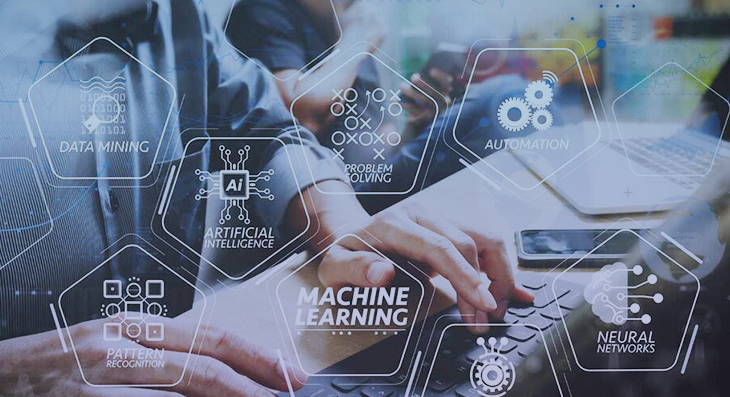
Automation has become an essential aspect of various industries, streamlining processes, and improving efficiency. In recent years, Python has emerged as a powerful programming language for building smart automation solutions by leveraging the capabilities of artificial intelligence (AI) and machine learning (ML). This article explores the intersection of Python, AI, and ML in the realm of automation, showcasing how Python’s robust libraries enable the development of intelligent systems capable of automating complex decision-making processes.
1. Python’s Role in Automation
Python’s popularity as a programming language stems from its simplicity, versatility, and extensive range of libraries and frameworks. These qualities make Python an ideal choice for developing automation solutions. Python’s syntax is easy to understand, making it accessible to both experienced developers and newcomers. Its extensive libraries, such as NumPy, Pandas, and matplotlib, provide powerful tools for data manipulation, analysis, and visualization, which are essential for automation applications.
2. Harnessing the Power of AI and ML
Natural Language Processing (NLP)
Python’s AI and ML libraries, such as NLTK (Natural Language Toolkit) and spaCy, have revolutionized the field of natural language processing. NLP techniques, combined with Python’s text processing capabilities, enable the development of chatbots, sentiment analysis systems, and language translation tools. These smart automation solutions can process and understand human language, automate customer support, and extract valuable insights from large volumes of textual data.
Computer Vision
Python’s integration with libraries like OpenCV and TensorFlow allows developers to create sophisticated computer vision applications. From object recognition and image classification to facial recognition and augmented reality, Python enables the automation of visual tasks. Smart automation solutions built with Python can analyze images and videos, detect objects or faces, and automate visual inspections, significantly enhancing efficiency in industries such as manufacturing, healthcare, and security.
Predictive Analytics
Python’s ML libraries, including scikit-learn and TensorFlow, empower developers to build predictive models and automate decision-making processes. By training ML algorithms on historical data, Python-based automation solutions can make accurate predictions and recommendations. Applications range from demand forecasting and predictive maintenance to fraud detection and personalized marketing. These smart automation systems can optimize resource allocation, identify patterns, and make real-time decisions, improving operational efficiency and driving business success.
3. Developing Intelligent Automation Systems
Developing intelligent automation systems requires a comprehensive understanding of AI and ML concepts. Python provides a vast ecosystem of resources, tutorials, and documentation to support developers in mastering these technologies. Additionally, Python’s ease of integration with other technologies, such as cloud services and IoT devices, facilitates the development of end-to-end automation solutions.
Conclusion
Python’s robust AI and ML libraries have revolutionized automation by enabling the development of intelligent systems. The intersection of Python, AI, and ML empowers developers to create smart automation solutions that leverage NLP, computer vision, and predictive analytics. With Python, industries can automate complex decision-making processes, enhance efficiency, and unlock new possibilities in various domains. As Python continues to evolve and new AI and ML techniques emerge, the potential for building even smarter automation solutions will only grow.
